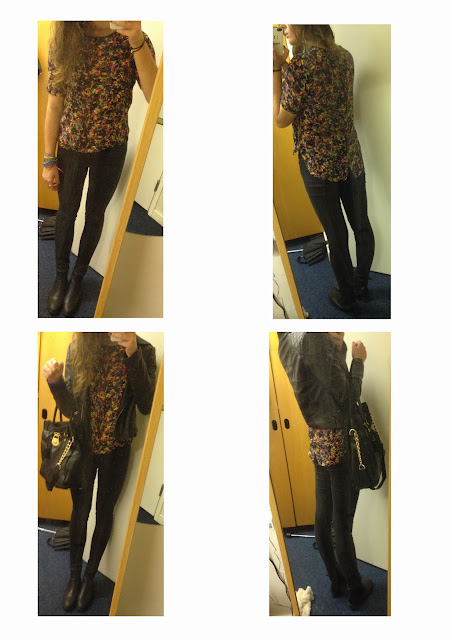- Sell
- Serve
- Speak
- Save
- Sizzle
New Diesel campaign has been photographed by Nick Knight all on an iPhone and used the apps 'Glitché' and 'Megaphoto' to edit the photos. It is amazing to see how technology can produce such high quality images now, in the past no one would have thought to use a mobile phone to photograph a fashion shoot.
Gamification is when brands set up games to play online to advertise their products.
If one person likes a brand's Facebook page they spend $116 on that brand per year more than someone who has not liked the Facebook page.
Social Media Campaign: things to think about...
- Objectives: why are you on it?
- Research audience
- Choose platform; Twitter, Facebook
- Engage
- Reporting and measuring
- How easy the person is to understand- clear message?
- Confidence in what you are trying to say








































